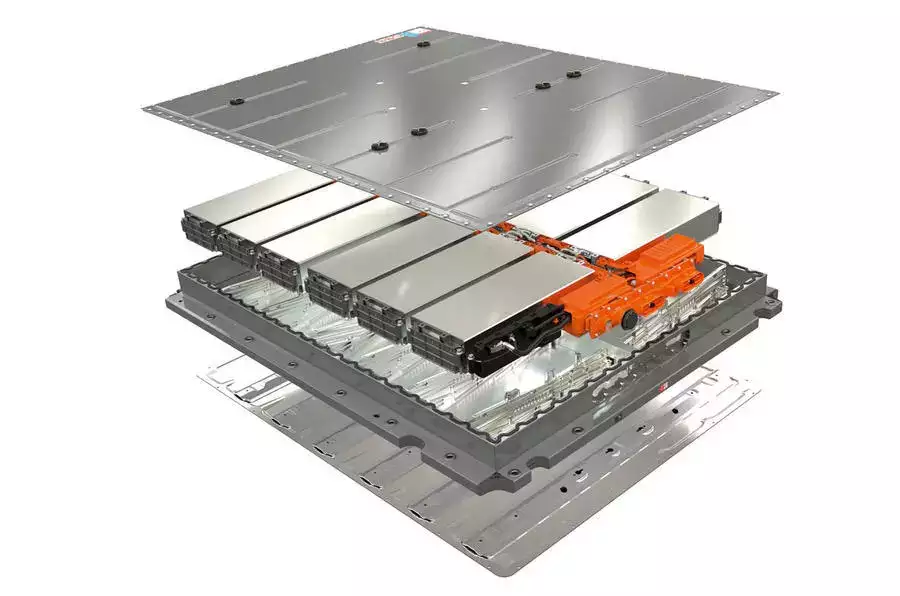l
Table of Contents
Fire in Electric Vehicles
Fire in Electric Vehicles incidents have been surging and with firey stories popping up, the popularity of electric vehicles has decreased. So today, we have brought an exclusive article that will not only help you understand the real cause behind the Fire in Electric Vehicles but it’ll also help companies in reducing the incidents of fire in their batteries.
How can Companies Reduce Fire Incidents?
Fire-Resistant Material

The usage of this material will help companies to breach the onset of Fire in Electric Vehicles batteries. It can be used in the EV battery where the cells are combined to form a module. These modules are combined together to form a complete battery cell. The fire-resistant material can be used around the pack, inside the enclosure, beneath the lid, around the modules, and between the cells.
Now you ask why don’t the companies use such technology to protect incidents from happening. Well, the big problem with using fire-resistant material is that they reduce the power storage capacity of the batteries hence less range.
Now your next question would be, is there any alternative to fire-resistant material? Yes, there is! It is called Cell-To-Pack. Come let’s explore this technology in the further section.
Cell-To-Pack

This technology works by eliminating the need for a modular structure, instead of directly packing all cells together. With more players planning to adopt this approach in the future, get ready for a whole new era of cost-effective and streamlined battery pack production. It is seen in companies like BYD, CATL, and Tesla that have simplified the production of vehicles.
How Cell-to-pack Reduces Fire in the Electric Vehicle?
The cell-to-pack technology has all the cells combined together so there is no separate challenge of the risk of thermal runaway, where one cell overheats and causes the entire battery pack to catch fire. To prevent this, battery designers are looking for materials that can insulate the cells from each other and prevent the spread of thermal runaways. This is a tough task because the materials need to be lightweight, easy to work with, and most importantly, able to withstand high temperatures and resist flames.
Other Solutions for Protecting EVs From Fire
One potential solution is to use materials like aerogels or encapsulated foams that can provide thermal and electrical insulation while also preventing the spread of fire. Other options include using compression pads with fire-resistant additives or even special cell holders made from intumescent materials.
While these solutions are still in the early stages of development, they offer hope for making batteries safer and more reliable in the future. With the demand for better batteries growing every day, it’s clear that finding ways to prevent thermal runaway will be a key area of research and development for years to come.
Safety Regulations
Regulations play a crucial role in ensuring the safety of electric vehicles, and China has been a pioneer in implementing rules that specifically address the risk of thermal runaways. One example is the “5-minute rule,” which requires vehicles to alert occupants within five minutes of a thermal event. Other regions have yet to follow suit, but automakers are already taking steps to meet or exceed these standards in their designs to stay ahead of future regulations and improve overall safety.
Safety Regulations in India
In India, the EV market underwent a significant safety overhaul in 2022, with the government implementing new standards that will take effect in October of that year. These new regulations require the use of approved cells and mandate specific battery design features, such as inter-cell spacing.
One area where regulations have yet to catch up is the prevention of cell-to-cell thermal propagation. Current regulations only focus on preventing fires that leave the battery pack, but requiring automakers to prevent cell-to-cell or module-to-module propagation could save costs for OEMs and vehicle owners by protecting the rest of the battery cells and pack. This would also create a massive opportunity for materials suppliers who can meet the requirements set out by these regulations.
In simpler terms, regulations are important for the safety of electric vehicles, and different countries have different safety standards that automakers must meet. Some countries are stricter than others, and automakers are already taking steps to exceed these standards to ensure their vehicles are safe. One area where regulations could be improved is in preventing thermal runaways from spreading between individual battery cells or modules. This would protect the battery and potentially save costs for vehicle owners. It would also create an opportunity for materials suppliers who can meet these new requirements.
Read More:- Battery Management System: Brain Of Batteries in Electric Vehicles






